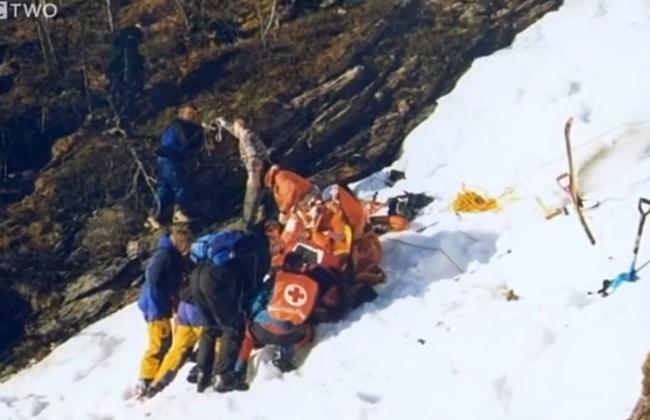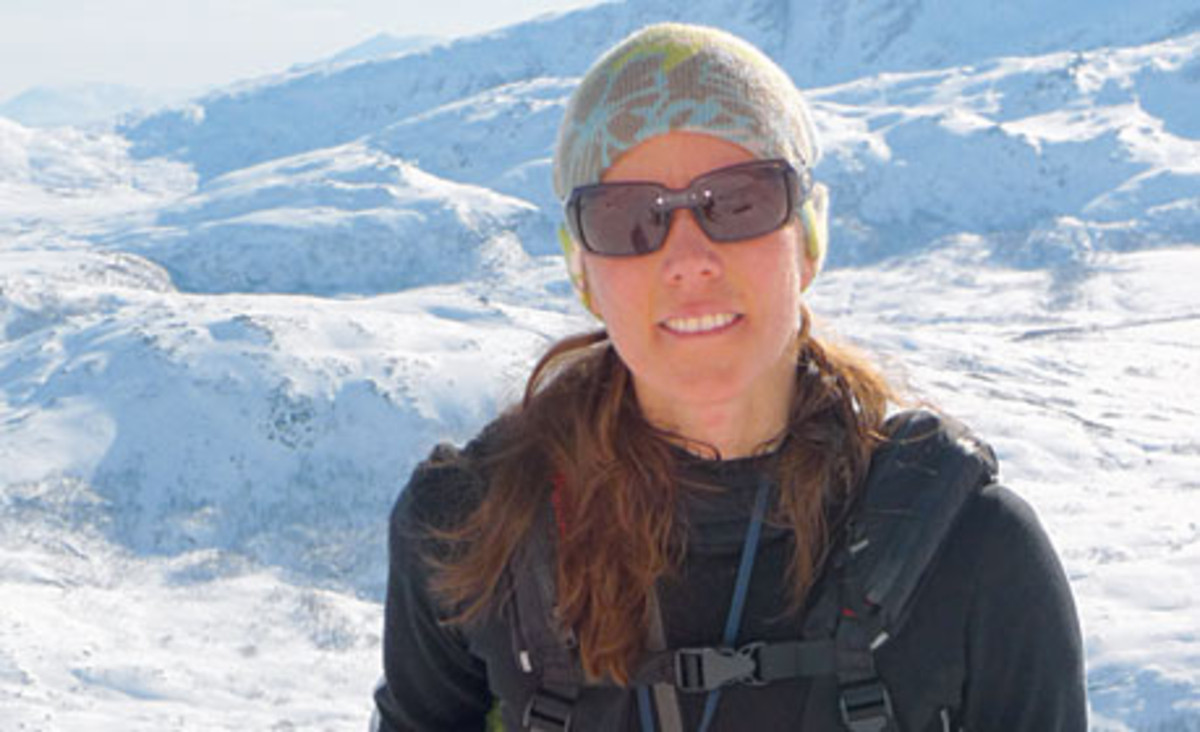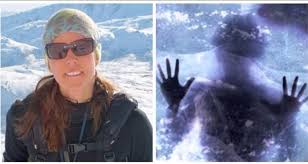The 13.7∘C Miracle: Anna Bågenholm’s 80 Minutes of Clinical Death

In the winter of 1999, Swedish doctor Anna Bågenholm was skiing with friends in Norway when a joyful day became a nightmare. She lost control, skied off-track, and crashed through thin ice into a freezing stream hidden beneath the snow. Trapped under a thick sheet of ice with only her skis visible, she struggled desperately as the icy water drained her strength and breath.
Her friends frantically tried to hack through the ice, but every passing second pushed her closer to death.
Anna remained submerged in the freezing water for 80 minutes before rescuers finally pulled her out. By then, she was clinically dead—no heartbeat, no breathing, and her body temperature had plummeted to a record low of 13.7∘C (56.7∘F), a level generally considered incompatible with life.
Medicine Pushing the Boundaries
At the hospital, doctors essentially declared her gone, but they refused to surrender. Using a heart-lung bypass machine, they initiated the process of slowly rewarming her body and circulating her blood in a desperate, last-ditch attempt to revive her. Hours passed with no signs of life, yet the medical team persisted.
Then, against all odds, her heart began to beat again—faintly at first, then stronger. Anna was brought back from the brink of death, a profound medical miracle.
Following months of intense rehabilitation, she made a full recovery, regaining her health with virtually no lasting damage. Instead of stepping away from medicine, Anna chose to dedicate herself even more deeply to her profession, later working as a doctor at the very same hospital that saved her life.
Her survival story remains one of the most extraordinary cases in medical history—a powerful testament to human resilience, the power of advanced science, and the enduring possibility of hope in the face of impossible odds.











